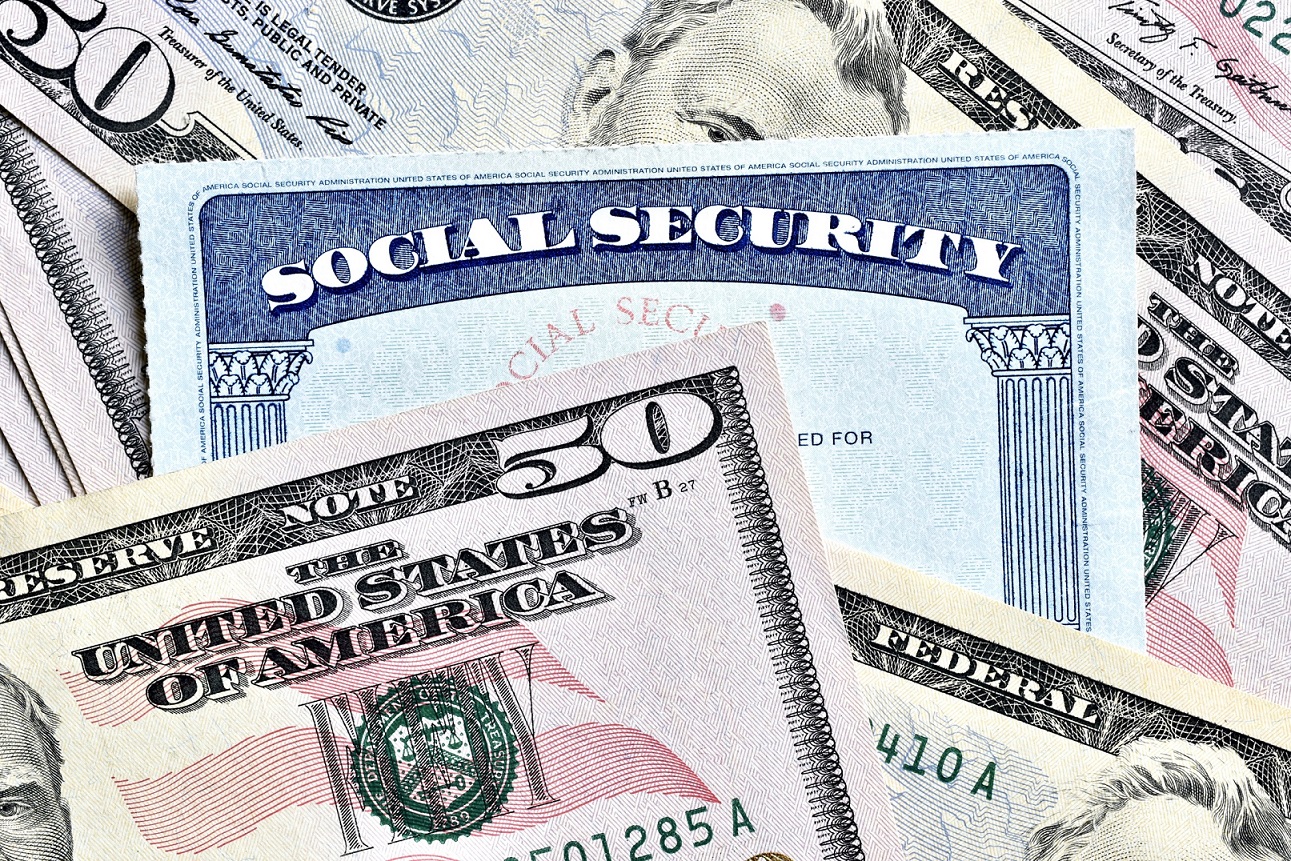By now you’ve probably heard the news that your Social Security benefits are going up, effective January 1, 2026. The annual cost-of-living adjustment, referred to as the Social Security COLA, will rise by 2.8 percent, matching what most observers had predicted. Last year’s COLA was 2.5 percent.
Since the announcement on October 24th, we’ve seen dozens of articles explaining the how and why of the Social Security COLA. For a good synopsis, we suggest this report from CNBC, authored by Lorie Konish. Next year’s pay boost is just a bit above the average COLA of 2.6 percent over the past two decades, according to the non-partisan Senior Citizens League.
For the average beneficiary with a benefit of just over $2,000 per month, the adjustment will add $56 to their gross monthly payment.
75 Million Americans Receive Social Security Benefits
As Konish explains, “The cost-of-living adjustment, or COLA, provides an annual adjustment to both Social Security and Supplemental Security Income to help ensure those benefits keep up with inflation. About 75 million people received benefit checks from those programs in August, according to the Social Security Administration.”
AARP notes that Social Security is the primary source of income for about 40 percent of older Americans, so at a time of rising costs, the COLA might not make much of a dent.
CNBC Reports that Adjustments Vary Widely Year-to-Year
“The Social Security cost-of-living adjustment is based on a subset of the consumer price index, formally known as the Consumer Price Index for Urban Wage Earners and Clerical Workers, or CPI-W,” Konish explains. “The COLA is the percentage increase in the CPI-W from the third quarter of the previous year to the third quarter of the current year” – in other words, 2025 figures compared against 2024.
This method of calculation means adjustments can vary widely. The highest rise in benefits in recent years occurred in 2023 with an 8.7 percent boost, following a hike of 5.9 percent in 2022.
By contrast, in 2010, 2011, and 2016, Social Security beneficiaries received no adjustment at all. The “zero COLA” reflected the fact that the consumer price index was not rising in those years. Under current legislation, Social Security benefits are not reduced even in periods of economic deflation when prices actually fall.
Medicare Part B Premium Hikes Will Affect Benefits
As Konish notes, Medicare Part B premiums are typically deducted directly from Social Security benefit checks. Those premiums will rise next year.
“The standard monthly Part B premium could rise by 11.6 percent,” says CNBC — “or $21.50 per month — to $206.50 from $185, according to projections from Medicare trustees.” People in higher income brackets may pay higher premiums under the terms of a provision known as income-related monthly adjustment amounts, or IRMAA.
(We wrote about IRMAA in this Blog article early in 2025.)
Watch for Your 2026 COLA Notice in Your Inbox or Mailbox
According to CNBC, the Social Security Administration will notify beneficiaries of their new payment amounts by mail starting in early December, according to the agency. Beneficiaries may choose to instead receive those notices online. To do so, they need to create or log into a My Social Security account and opt out of paper notices by November 19.
(originally reported at www.cnbc.com)


